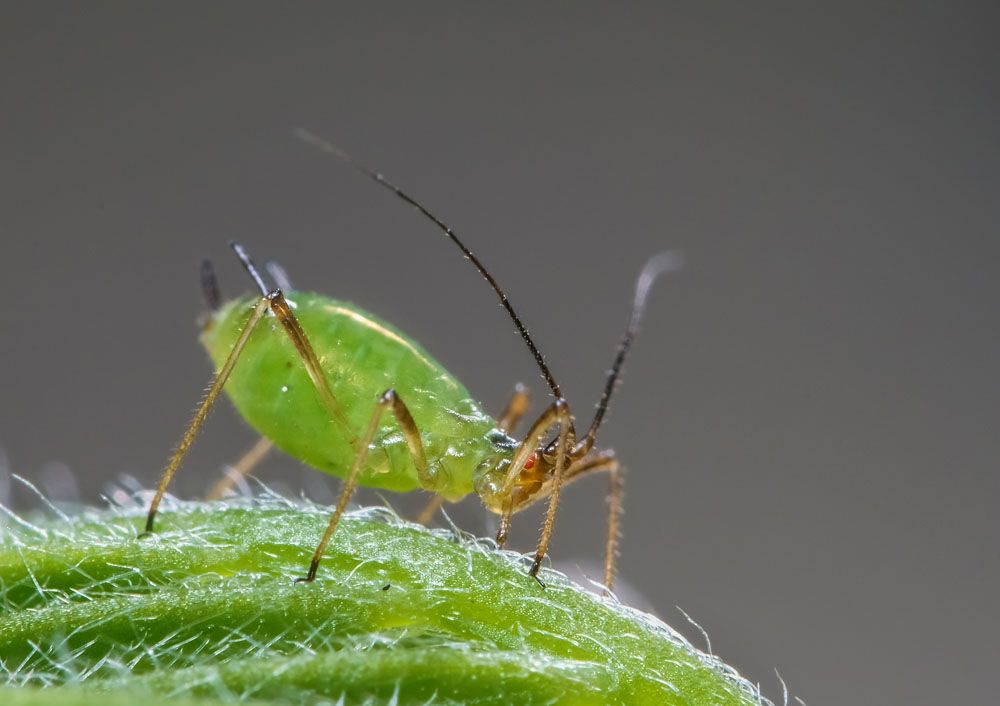
Green Peach Aphid – Myzus pericae
Green Peach Aphid: Appearance, Territory, Damage and Life
Latin name: Myzus persicae
Appearances: Adult green peach aphids are 1.8 to 2.1 mm long, have a black head and thorax, and a yellow-green abdomen with a dark patch on the back. They are most visible in the summer. The hue of the nymphs’ changes from green to yellow to pinkish as they mature into winged females. Adults are 1.7 to 2.0 mm long, wingless, and resemble nymphs. Due to morphological variations that are mostly determined by the host plants, nutrition, and temperature, the green peach aphid can be yellowish-green, red, or brown in color.
Host plant: The green peach aphid feeds on more than 40 plant families’ worth of hosts. Prunus trees, notably peaches and peach hybrids, as well as apricot and plum, are the main or overwintering hosts in temperate latitudes.
Territory: All of North America, as well as other parts of the planet, are home to the green peach aphid, Myzus persicae (Sulzer).
Damage insect caused: green peach aphids can accumulate in very high densities on tender plant tissue, which results in water stress, wilting, and slowed plant growth. Root crops and foliar crops can have their yields significantly reduced by persistent aphid infestation. Even if the aphids are later eliminated, early season infestation is particularly harmful to potatoes. Loss also results from aphid or aphid honeydew contamination of harvestable plant material. Green peach aphid on spinach can successfully overwinter in Arkansas due of the state’s mild winters, which causes contamination issues. Aphid contamination in vegetables can occasionally cause quarantine issues, however the insects can be killed using fumigation techniques without harming the vegetables.
Life cycle and habits: The green peach aphid has a very variable life cycle that is heavily influenced by the wintertime climate. The green peach aphid needs 10 to 12 days to complete a generation. In a favorable climate, there may be up to 30–40 generations in a year, which is more than 10. The overwintering eggs hatch in the early spring, and the nymphs wreak havoc by feasting on stems, buds, flowers, and young foliage. The worst damage occurs when aphid breeding is at its peak in early summer because winged dispersants from Prunus species, where the overwintering aphid stage’s egg is laid, disperse nymphs on summer hosts that migrate to tobacco, potatoes, and cruciferous vegetables to cause continuous harm after a few generations.
